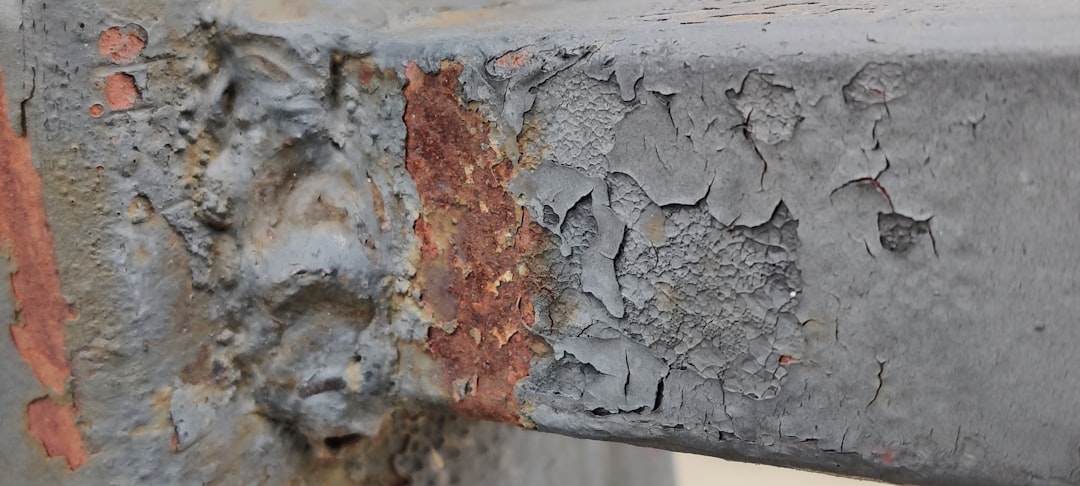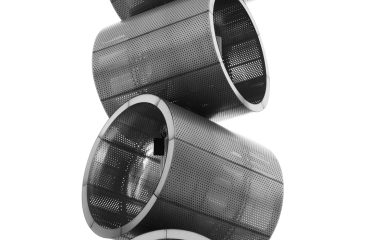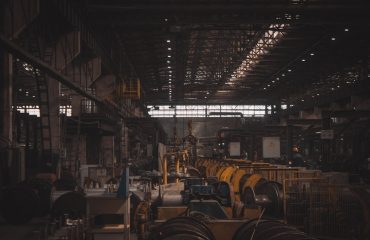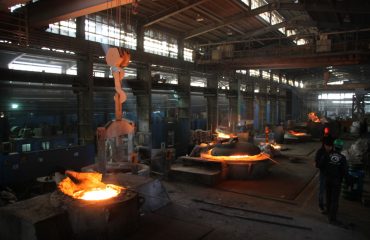Choosing the right materials is paramount in construction. Two titans consistently battle for dominance: concrete and steel. Both offer unique properties, strengths, and weaknesses, making the selection process a crucial decision influenced by factors like project scope, budget, and environmental considerations. This in-depth comparison will help you understand the nuances of each material and make an informed choice.
Strength and Durability: A Tale of Two Titans
Concrete, a composite material of cement, aggregates, and water, boasts exceptional compressive strength – its ability to withstand crushing forces. This makes it ideal for foundations, columns, and walls. However, its tensile strength (resistance to pulling forces) is significantly lower. Steel, on the other hand, excels in both compressive and tensile strength, making it incredibly versatile. While steel can rust if not properly protected, its inherent strength allows for the creation of lightweight yet robust structures capable of withstanding significant loads and stresses. The durability of both materials varies depending on factors such as quality of materials, construction techniques, and environmental conditions. Concrete can crack under extreme stress or freeze-thaw cycles, while steel can be susceptible to corrosion in harsh environments.
Cost-Effectiveness: Balancing Budget and Performance
The cost of concrete and steel can fluctuate depending on location, market conditions, and project scale. Generally, concrete is often considered less expensive upfront for larger projects, particularly in bulk applications. However, the cost of forming and finishing concrete can add to the overall expense. Steel, while potentially more expensive per unit, can offer cost savings in other areas. Its lighter weight can reduce transportation costs, and its ease of fabrication can speed up construction timelines, potentially reducing labor costs. Furthermore, the longevity of steel structures, when properly maintained, can minimize long-term replacement costs. A thorough cost-benefit analysis, considering both initial investment and long-term maintenance, is crucial when comparing the two.
Applications: Where Each Material Shines
Concrete’s high compressive strength makes it the go-to material for foundations, retaining walls, and massive structures like dams. Its versatility also allows for its use in precast elements, paving, and even decorative features. Steel, with its superior tensile strength and flexibility, is frequently used in high-rise buildings, bridges, and frameworks where lightweight yet strong structures are required. It’s also commonly employed in reinforcing concrete, significantly improving its overall strength and resistance to cracking. The choice between concrete and steel often depends on the specific requirements of the project, with many structures utilizing a combination of both materials for optimal performance.
Environmental Impact: Sustainability in Construction
Both concrete and steel production have significant environmental footprints. Cement production, a key component of concrete, is a significant contributor to greenhouse gas emissions. Steel production also consumes substantial energy and generates pollution. However, advancements in sustainable construction practices are mitigating these impacts. The use of supplementary cementitious materials in concrete can reduce its carbon footprint, while recycled steel and improved manufacturing processes are making steel production more environmentally friendly. Life cycle assessments, considering the entire journey from material extraction to disposal, are becoming increasingly important in evaluating the overall environmental impact of both materials.
Maintenance and Lifespan: Long-Term Considerations
Concrete requires minimal maintenance in most situations, though regular inspections for cracking or deterioration are advisable. Proper sealing can extend its lifespan and protect against weathering. Steel, on the other hand, necessitates regular maintenance to prevent corrosion. Protective coatings, such as paint or galvanization, are crucial in extending its lifespan. While both materials can have long lifespans with proper care, steel’s susceptibility to corrosion requires a more proactive maintenance strategy. The choice of material should consider the long-term maintenance costs and the desired lifespan of the structure.
Ultimately, the choice between concrete and steel depends on a careful evaluation of the specific project requirements, budget constraints, and environmental considerations. A thorough understanding of the strengths and weaknesses of each material, coupled with expert advice, is essential for making an informed decision that ensures a safe, durable, and cost-effective structure.
Tags: concrete, steel, construction materials, building materials, structural engineering




